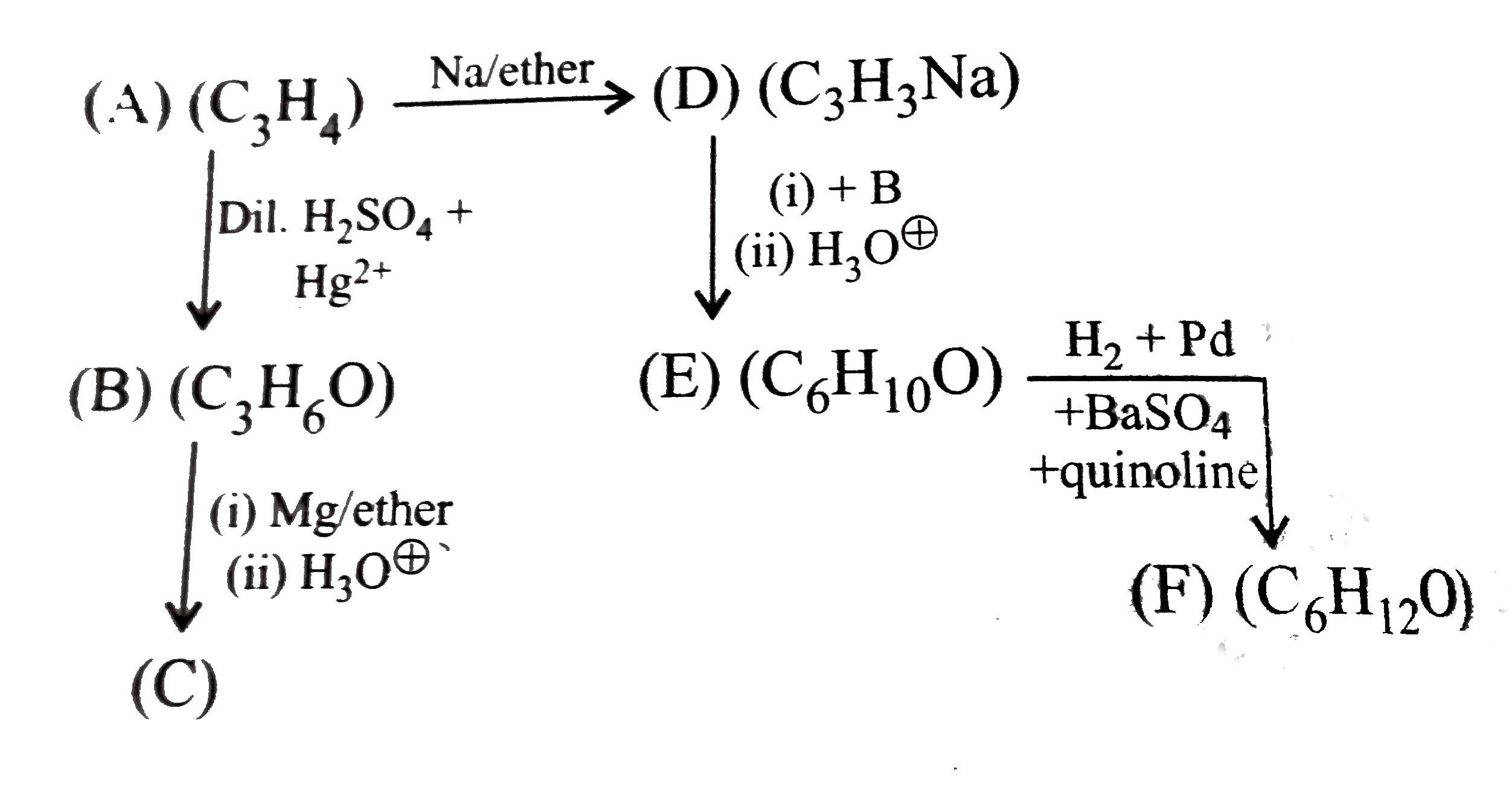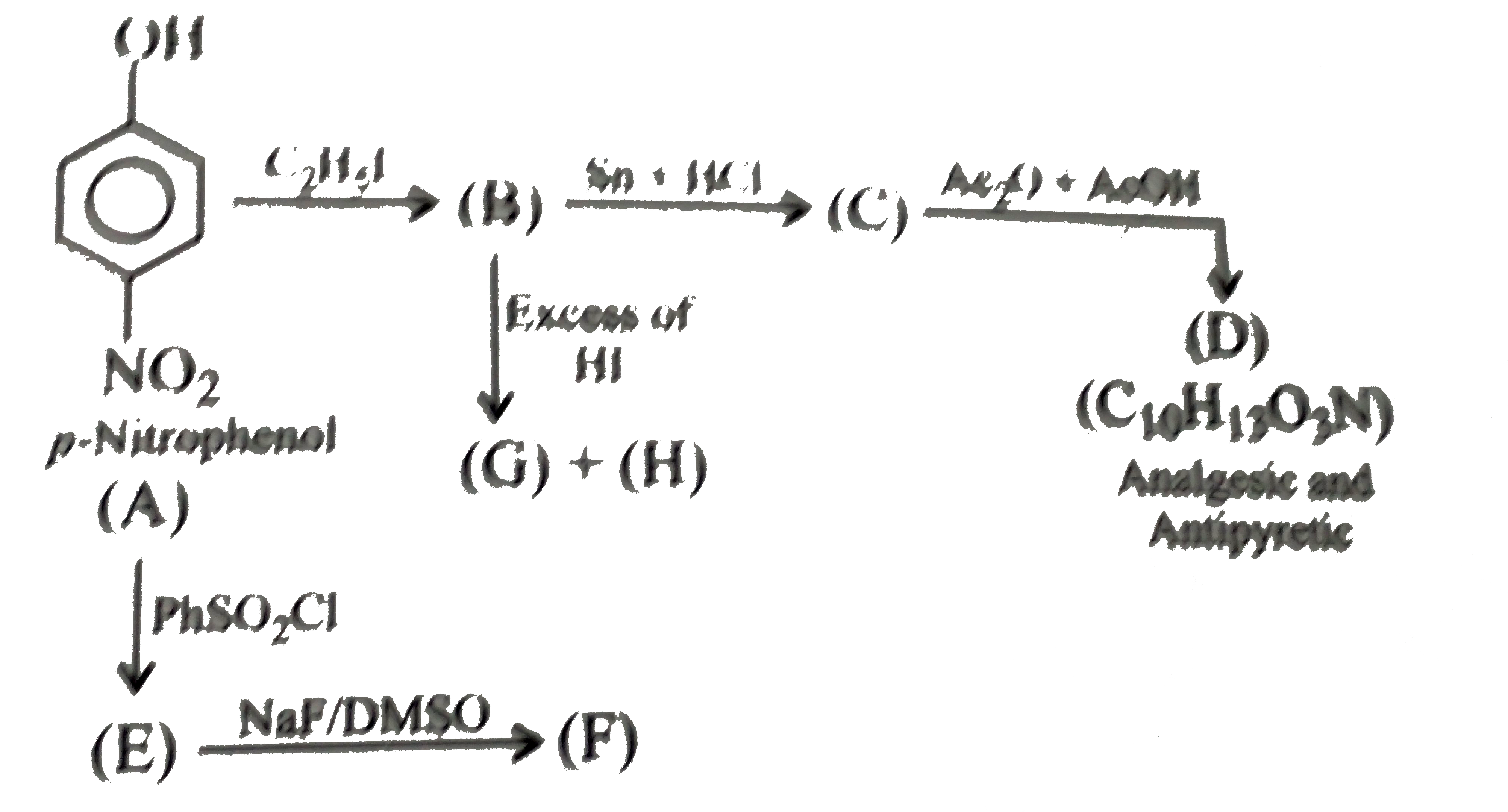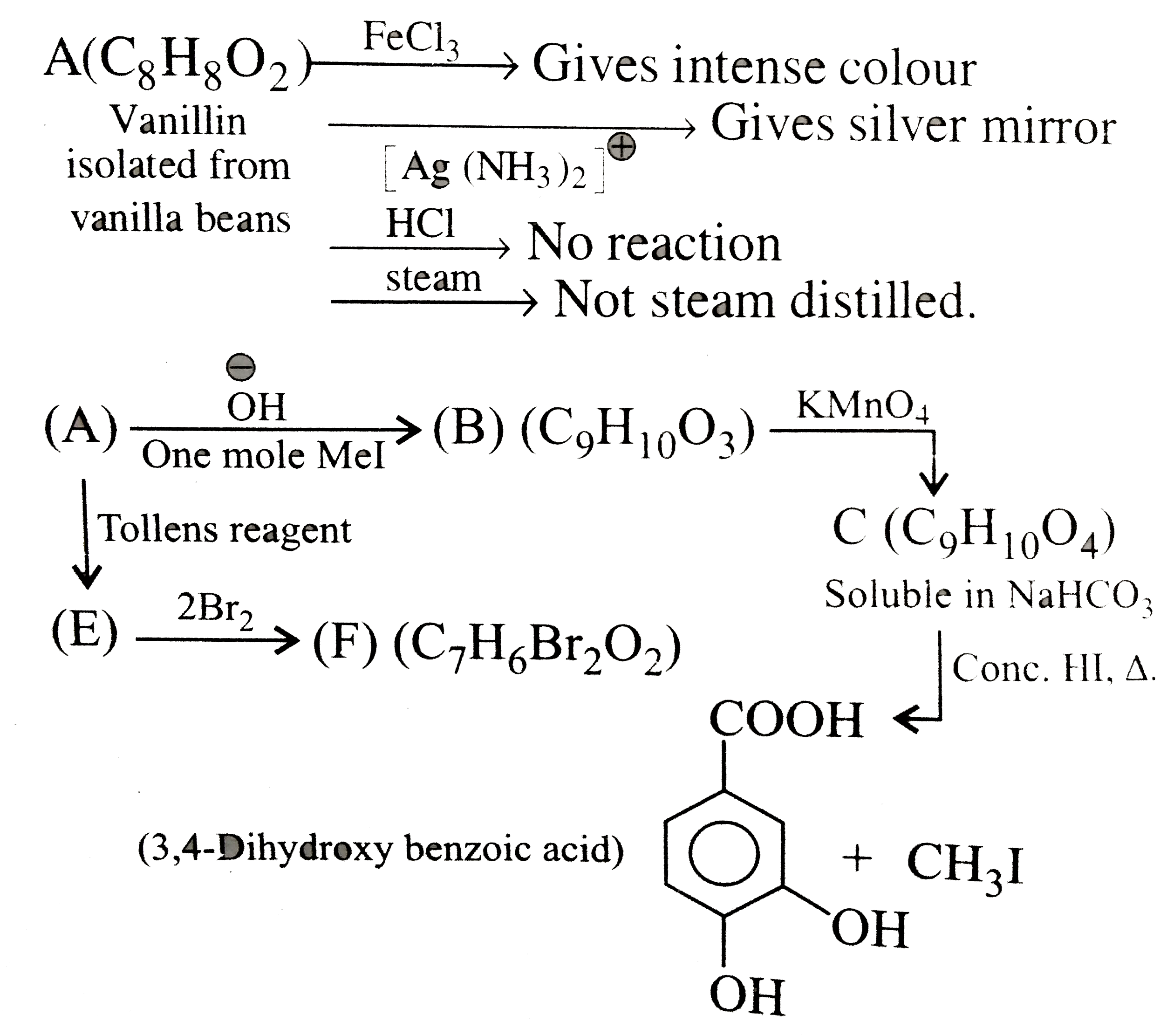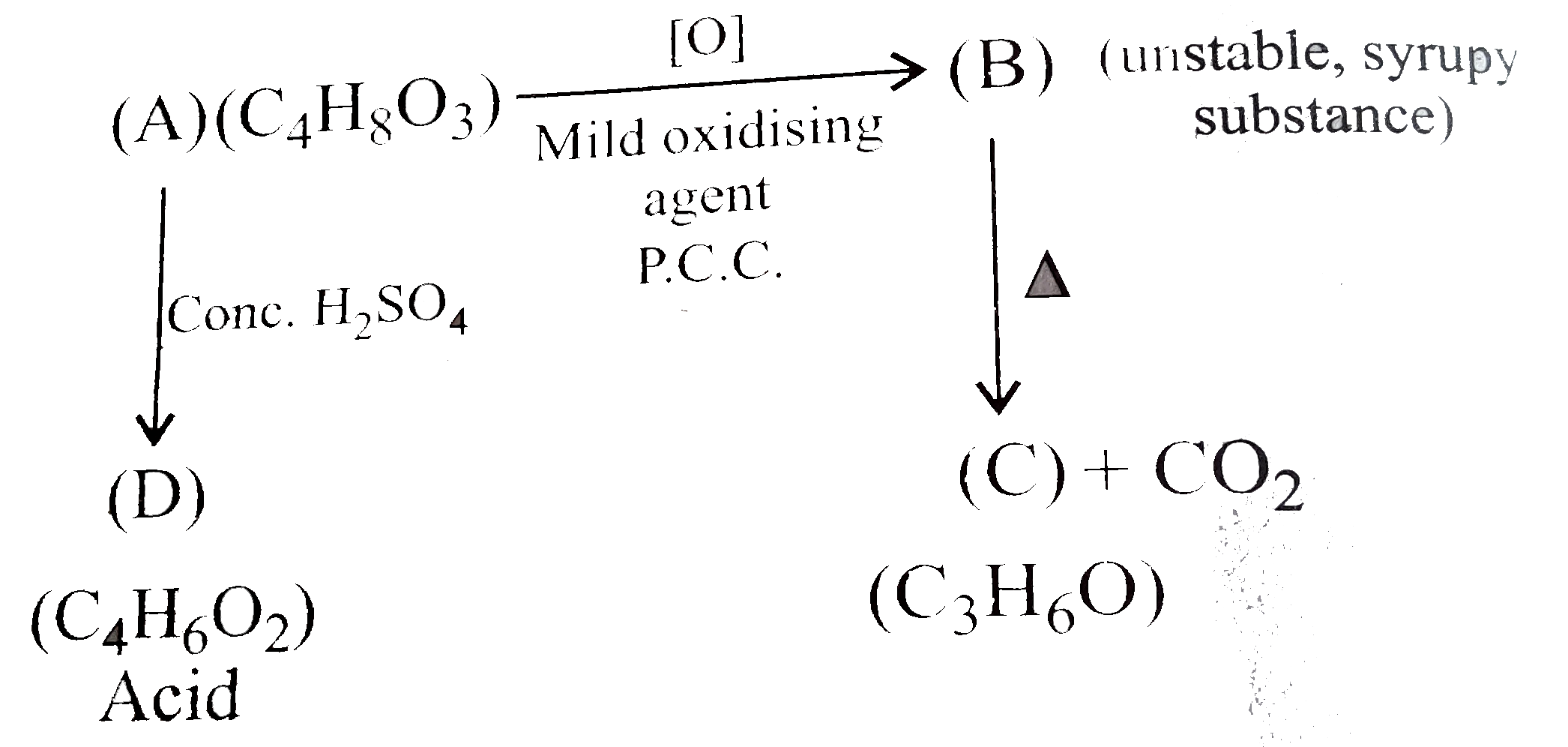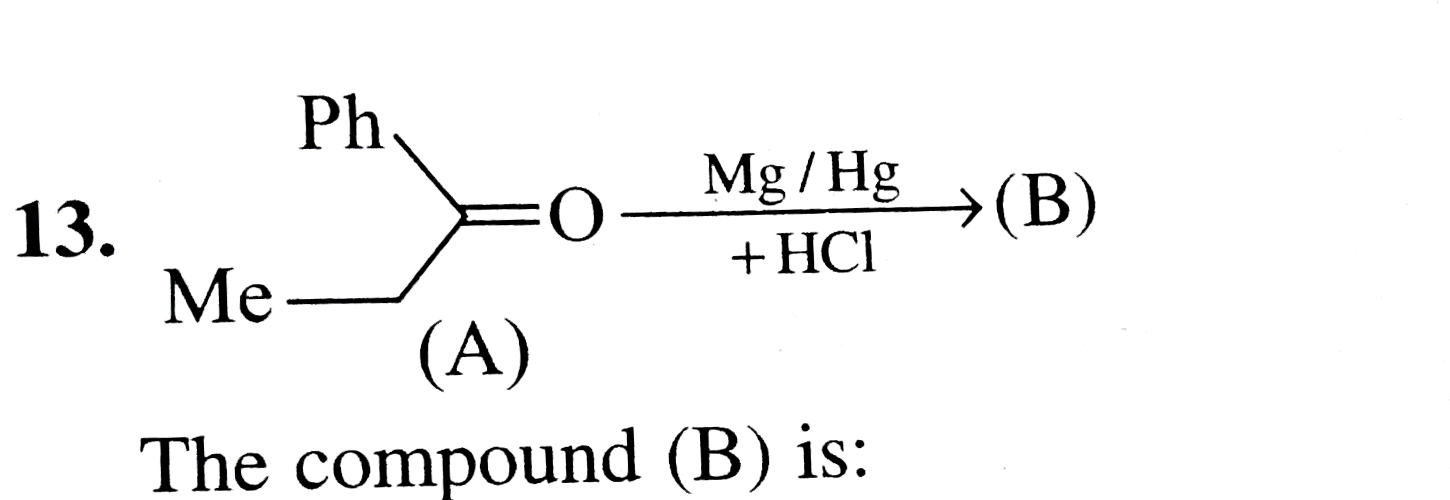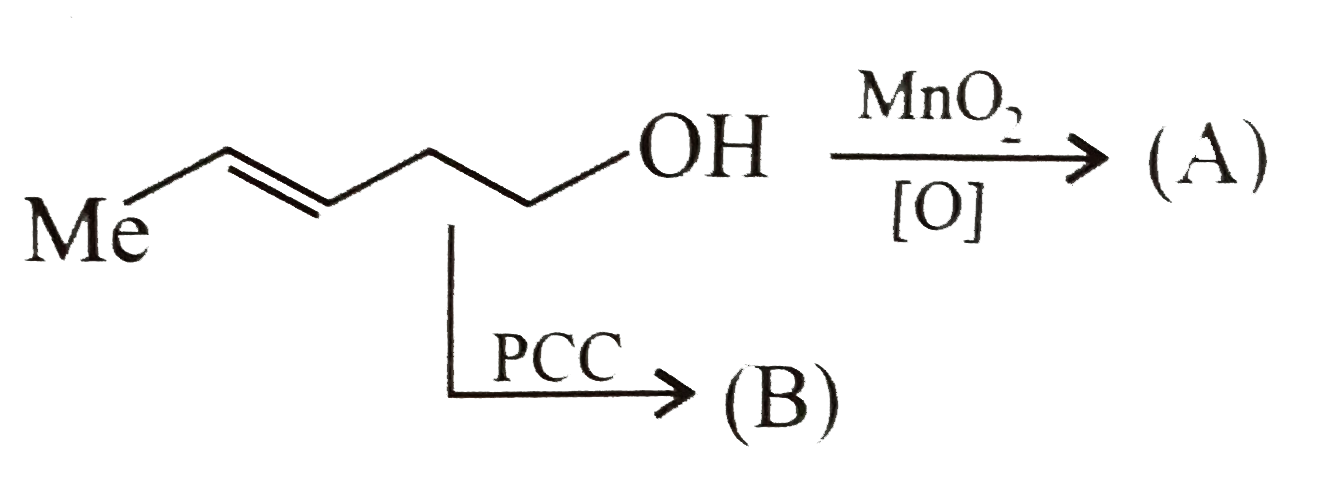
The compounds and are:
A
a.
B
b.
C
c.
D
d.
Video Solution
Text Solution
The correct Answer is:D
In does not react with or alcohols. It oxidises only allylic or benzylic alcoholic group.
In oxidies to aldehyde without affecting the bond. So the answer is .
|
Topper's Solved these Questions
- REDUCTION AND OXIDATION REACTION OF ORGANIC COMPOUNDSBook:CENGAGE CHEMISTRYChapter:REDUCTION AND OXIDATION REACTION OF ORGANIC COMPOUNDSExercise:Exercise (Assertion And Reasoning)
Explore 10 Videos
- REDUCTION AND OXIDATION REACTION OF ORGANIC COMPOUNDSBook:CENGAGE CHEMISTRYChapter:REDUCTION AND OXIDATION REACTION OF ORGANIC COMPOUNDSExercise:Exercise Archives (Subjective)
Explore 26 Videos
- REDUCTION AND OXIDATION REACTION OF ORGANIC COMPOUNDSBook:CENGAGE CHEMISTRYChapter:REDUCTION AND OXIDATION REACTION OF ORGANIC COMPOUNDSExercise:Exercise (Multiple Correct)
Explore 35 Videos
- QUALITATIVE INORGANIC SALT ANALYSISBook:CENGAGE CHEMISTRYChapter:QUALITATIVE INORGANIC SALT ANALYSISExercise:Viva Voce Questions And Part-C (Analysis Of Cations)
Explore 42 Videos
- SOLID STATEBook:CENGAGE CHEMISTRYChapter:SOLID STATEExercise:Ex 1.2 (Objective)
Explore 9 Videos
Similar Questions
Knowledge Check
The organic compound (A) and (B) reacts with sodium metal and release H2 gas. Then (A) and (B) reacts each other to give methly propanoate . The compound (A) and (B) are
ACH3OHandC2H5OHBC2H5OHandCH3COOHCCH3OHandC2H5COOHDCH3OHandHCOOHAn organic compound (A) reacts with methyl magnesium iodide to form an addition product which on hydrolysis forms the compound (B). Compound (B) gives blue colour salt in Victor Meyer's test.The compounds (A) and (B) are respectively :
Aacetaldehyde, tertiary butyl alcoholBacetaldehyde, ethyl alcoholCacetaldehyde, isopropyl alcoholDacetone, isopropyl alcoholThe compound (A) in the previous question is further hydrolysed in dilute acidic medium to give compounds (B) and (C). The compounds (B) and (C) are :
APhNH2 and PhCH=OBPhCH2NH2 and PhCH=OCPhNH2 and PhCH2CH=ODPhCH2NH2 and PhCH2CH=O.

